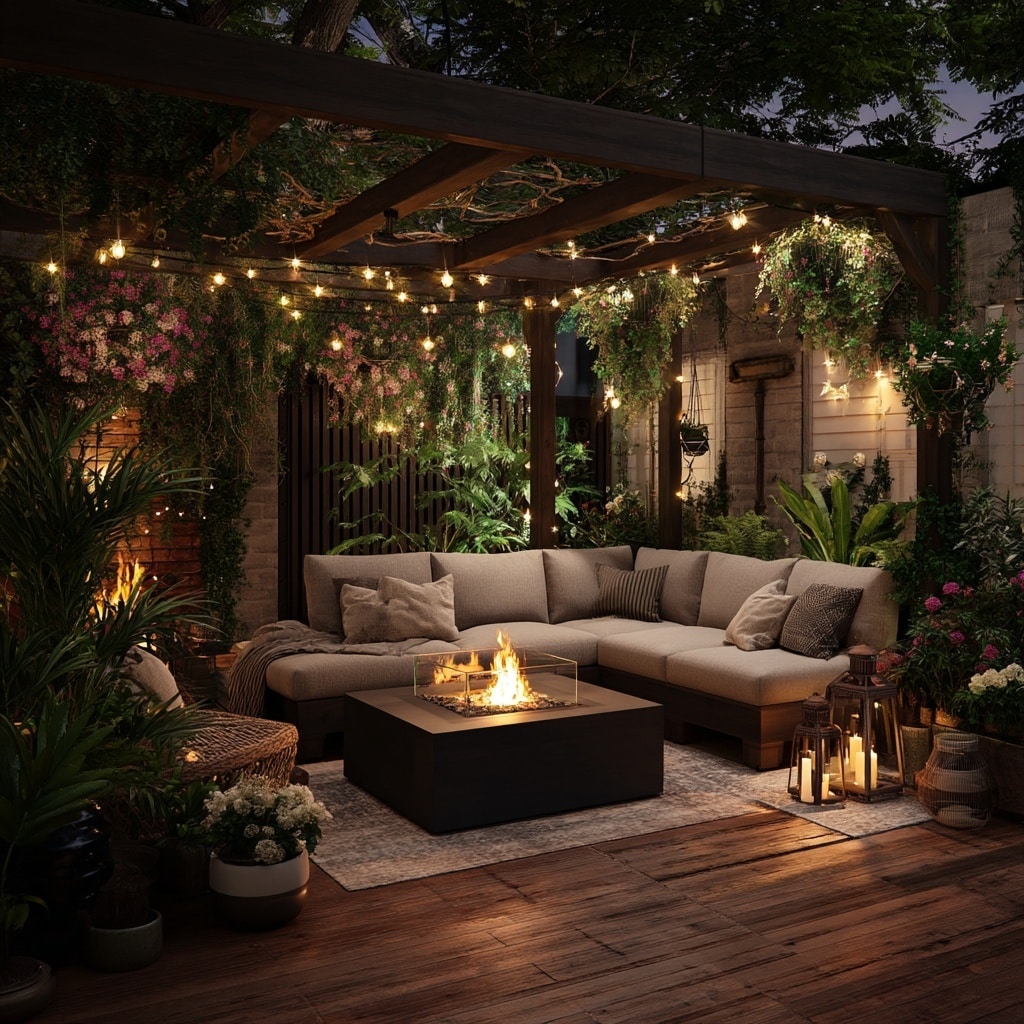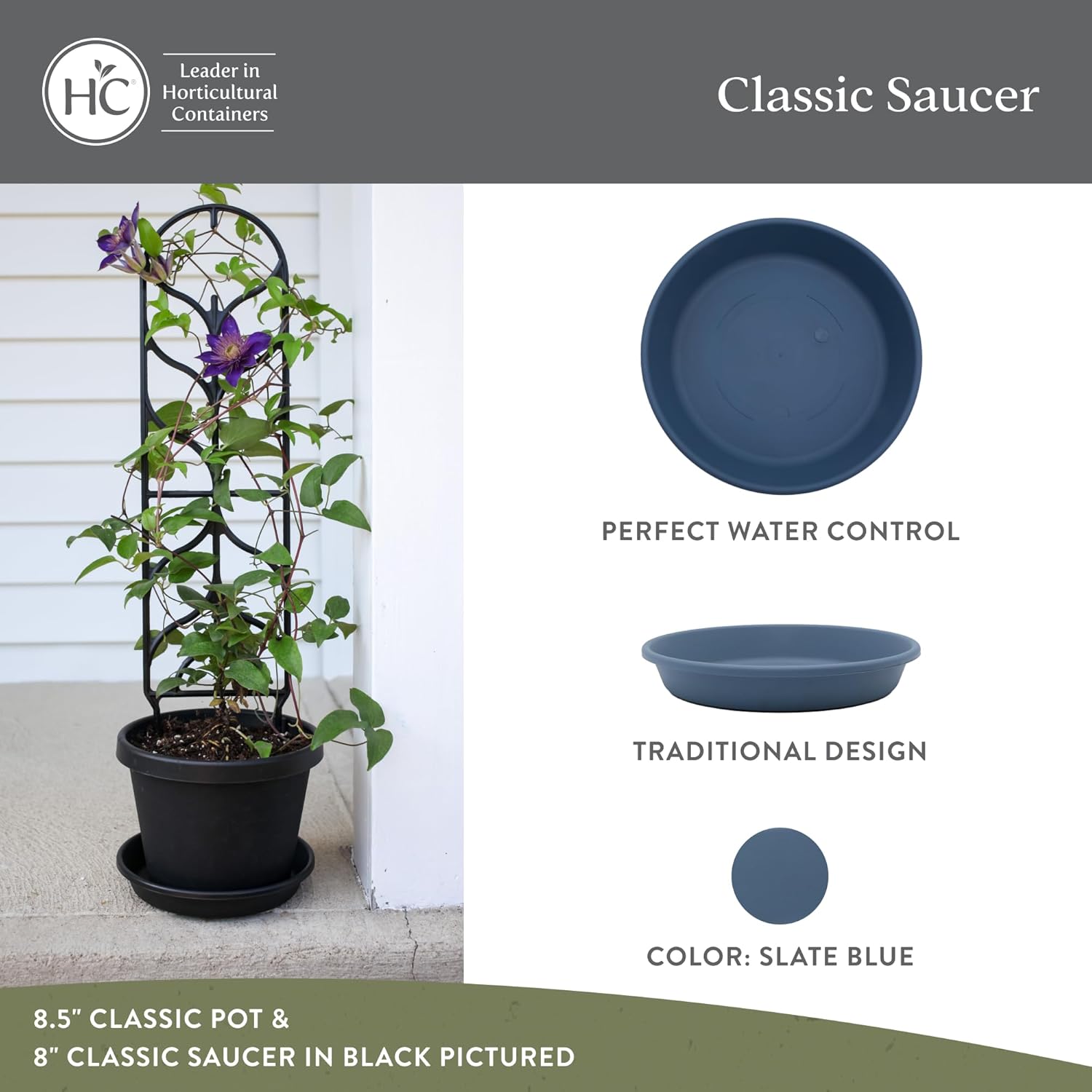Garden design is evolving, and this spring brings a fresh wave of trends that blend sustainability, creativity, and comfort. Whether you’re working with a spacious backyard or a compact balcony, garden spaces are becoming more personal, purposeful, and planet-friendly. Experts across horticulture and landscaping agree: this season is all about functionality meets beauty, and natural aesthetics that reflect who we are and how we want to live outdoors.
From pollinator-friendly planting to bold color schemes, these six garden trends will shape landscapes everywhere this spring — and possibly inspire your own green sanctuary.
Table of Contents
1. Climate-Resilient Gardening
Weather extremes are the new normal. Gardeners are now choosing plants that can thrive in heat, drought, or sudden cold snaps, rather than relying on traditional but delicate species.
Key elements:
- Native plants that need less water
- Perennials over annuals for long-term sustainability
- Gravel or mulch beds to retain moisture and suppress weeds
Bonus Tip: Look for varieties marked as “low-maintenance” or “drought-tolerant” in your local nursery.
2. Edible Gardens With Style
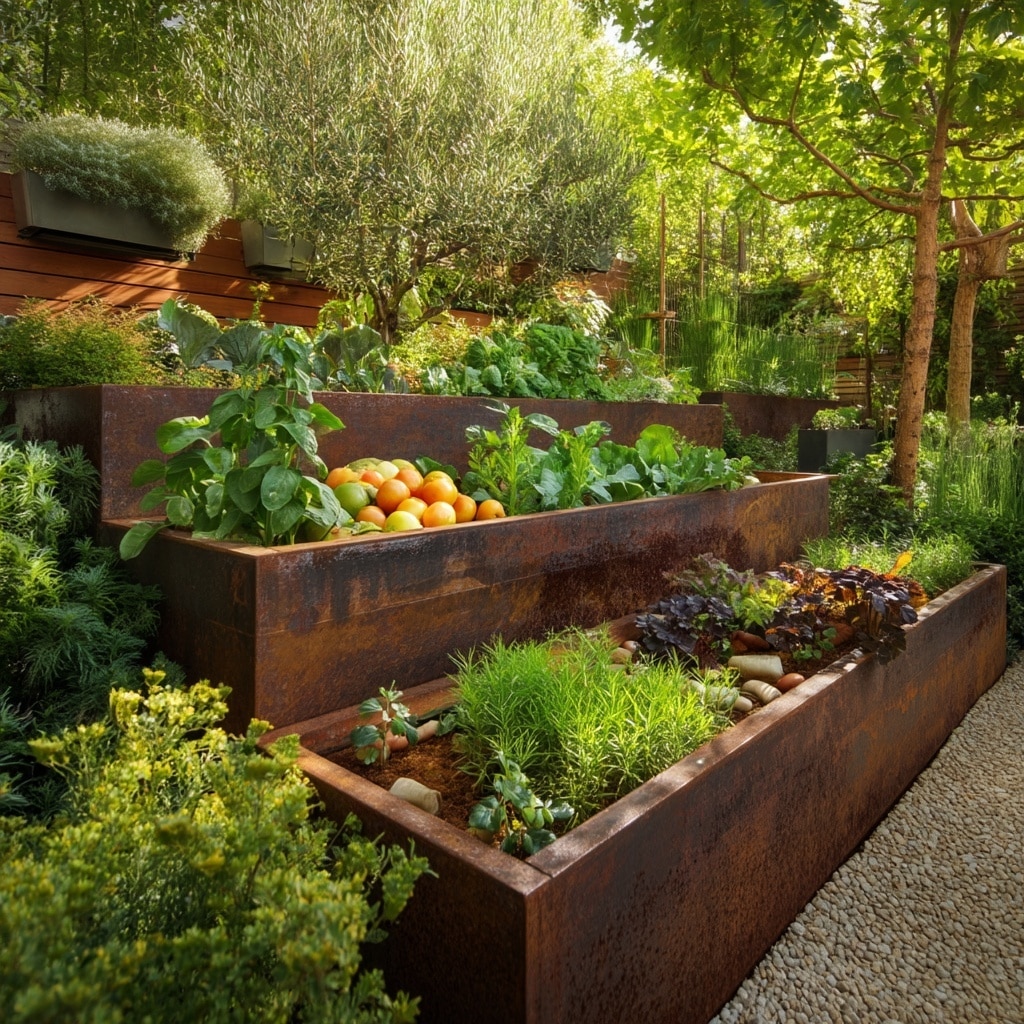
Gone are the days when vegetable patches were hidden out of sight. This spring, garden spaces are merging form and function, with edible gardens becoming focal points of outdoor design.
What’s trending:
- Raised beds built from reclaimed wood or corten steel
- Interplanting herbs, vegetables, and flowers for a decorative look
- Vertical garden walls growing lettuce, strawberries, or spinach
Even small urban spaces can accommodate stylish edible setups, proving you don’t need a farm to grow fresh food with flair.
Expert Insight: Mix marigolds or nasturtiums among your veggies to attract pollinators and deter pests naturally.
3. Wildlife-Friendly Gardens
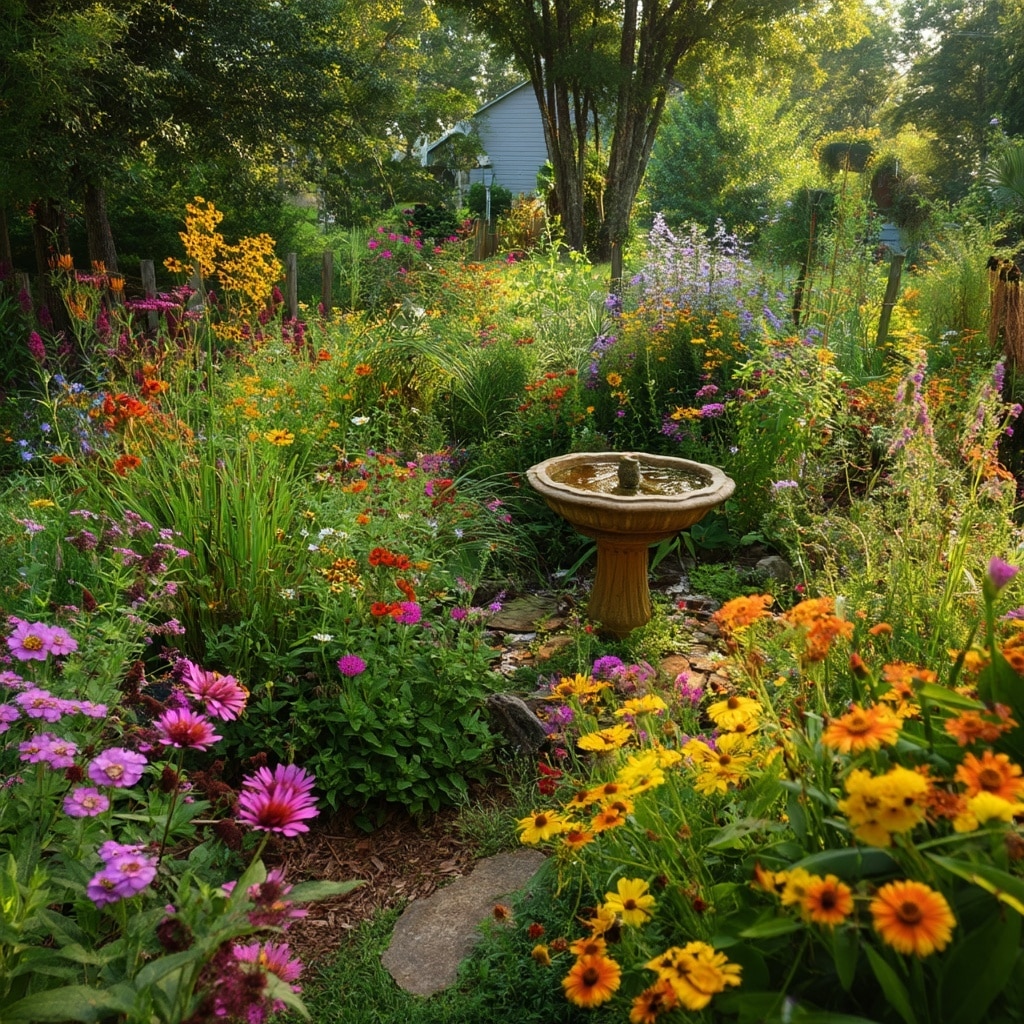
One of the biggest garden movements this spring is creating spaces that support local ecosystems. Gardeners are embracing wildlife-friendly practices to welcome birds, bees, butterflies, and even beneficial bugs.
How to do it:
- Plant native wildflowers and pollinator-friendly blooms like coneflowers, bee balm, and milkweed
- Add a small water source like a birdbath or shallow dish
- Leave a few “messy” areas with brush, leaves, or logs for shelter
Instead of pristine lawns and clipped hedges, gardeners are letting nature take the lead. The result? A garden that hums, flutters, and buzzes with life.
Note: Avoid pesticides and opt for organic compost to protect the health of your garden’s tiniest visitors.
4. Moody Garden Color Palettes

This spring, gardens are shifting from soft pastels to richer, moodier tones. Think deep burgundy dahlias, midnight blue salvias, and bronze ornamental grasses. These garden color schemes offer drama, depth, and a sophisticated twist on traditional spring palettes.
Popular moody picks:
- Smoke bush (Cotinus) for purplish foliage
- Chocolate cosmos for a nearly black bloom
- Black-eyed Susan ‘Goldsturm’ for contrast and brightness
- Ornamental kale with dark veining
Pairing these shades with lighter greens or silvery foliage can balance the intensity and make the garden visually striking.
Design Tip: Use dark-colored pots, trellises, or fences to enhance the contrast and tie the look together.
5. Outdoor Living Rooms

The modern garden is no longer just for plants—it’s becoming an extension of your home. Outdoor living rooms are trending big this spring, with gardeners focusing on comfort, ambiance, and usability.
Key features:
- Weatherproof sofas, lounge chairs, and even outdoor rugs
- Pergolas or retractable canopies for shade
- String lights, fire pits, and side tables to make the space cozy
- Potted plants, vertical planters, and vines to soften the hardscape
This trend blends aesthetics with practicality, offering a place to relax, entertain, or even work remotely—surrounded by nature.
Pro Tip: Choose plants with fragrance—like lavender or jasmine—to add a sensory touch to your outdoor space.
6. No-Dig Gardening
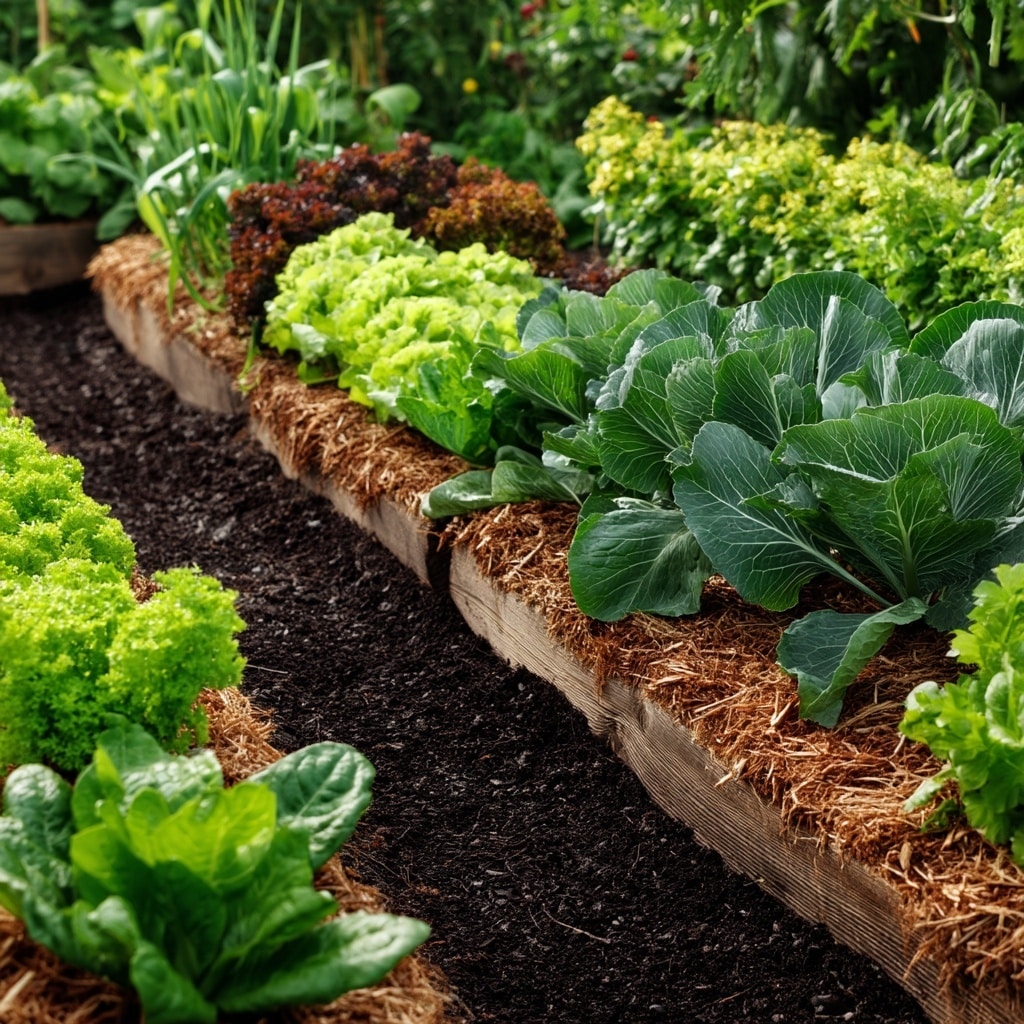
This spring, more gardeners are embracing the no-dig gardening method, a technique that’s better for soil health and easier on the back. It’s gaining popularity for its simplicity, sustainability, and its ability to produce lush, productive garden beds with minimal effort.
How it works:
- Instead of tilling, you add layers: compost, mulch, and organic matter directly on top of existing soil or grass
- This mimics natural forest-floor processes
- It encourages worms and beneficial microbes, reducing weeds and improving soil structure over time
This method is perfect for both beginners and experienced gardeners looking to reduce their workload while improving results.
Eco Bonus: No-dig methods trap carbon in the soil and reduce erosion—great for both your garden and the environment.
Conclusion
Spring is the perfect time to refresh your garden with thoughtful, trend-driven choices that reflect both personal style and environmental care. Whether you’re adding edible plants, designing a cozy outdoor lounge, or going no-dig for better soil health, these expert-approved trends are easy to adapt to any space. Focus on what brings you joy and sustainability — your garden will thrive, and so will you.

